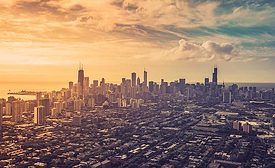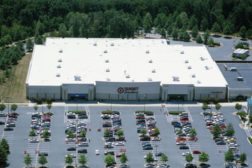Home » Keywords: » black vs. white issue
Items Tagged with 'black vs. white issue'
ARTICLES
Cool Roof Confusion
Despite conventional wisdom, temperature is simply not the issue when it comes to roof color and energy efficiency.
Read More
Get our new eMagazine delivered to your inbox every month.
Stay in the know on the latest roofing industry trends.
SUBSCRIBE TODAY!Copyright ©2024. All Rights Reserved BNP Media.
Design, CMS, Hosting & Web Development :: ePublishing










